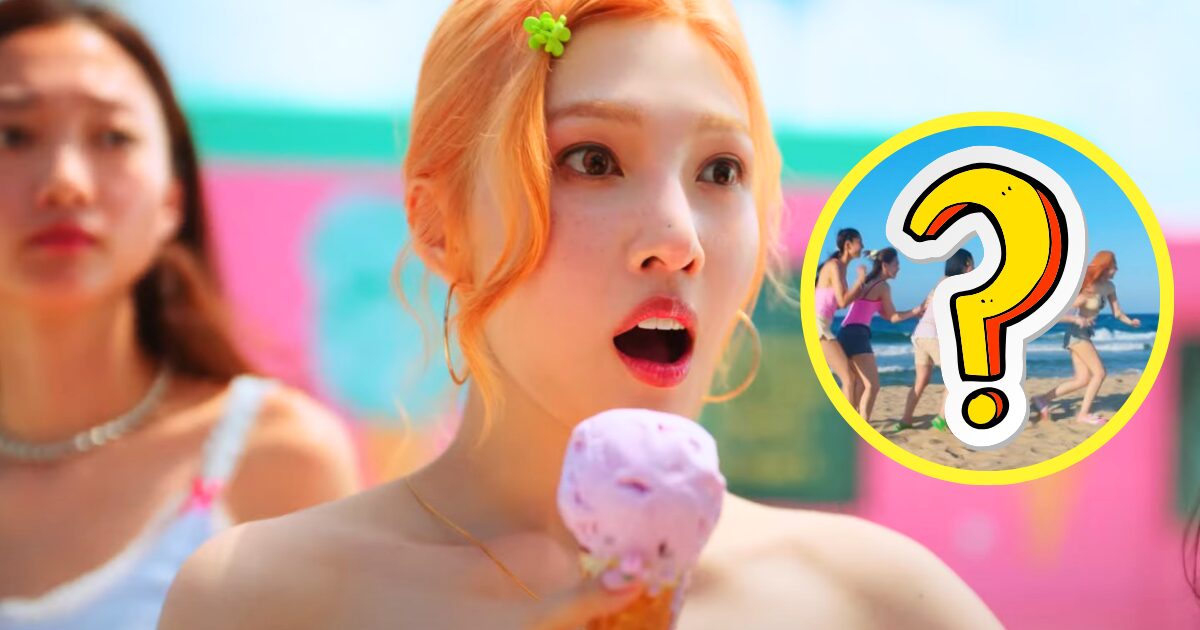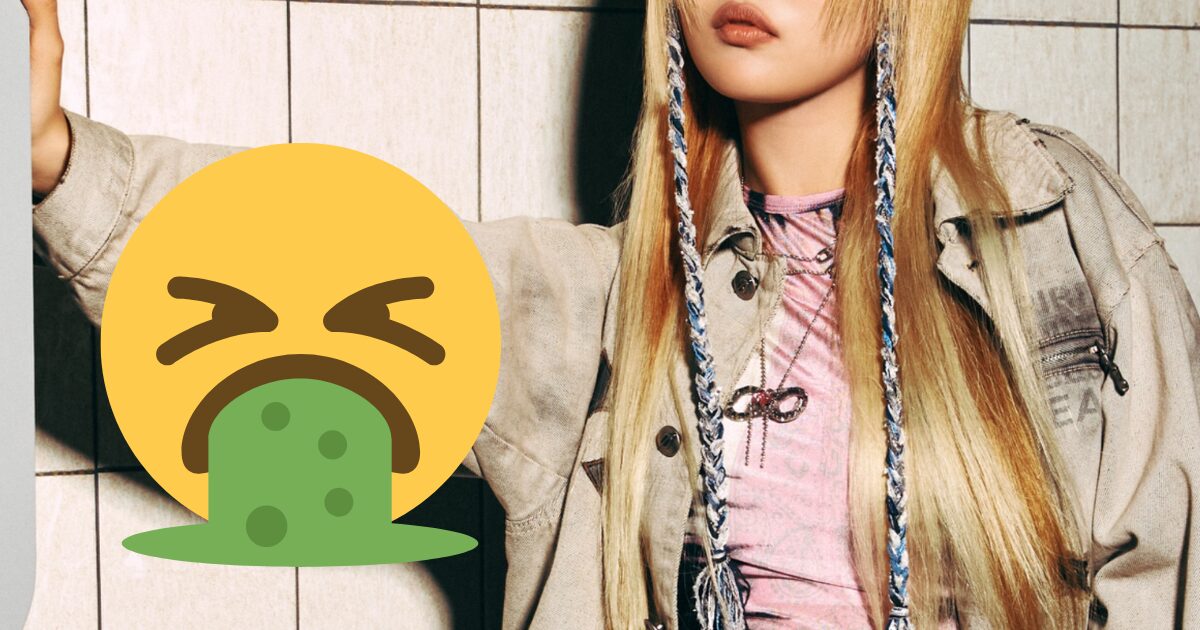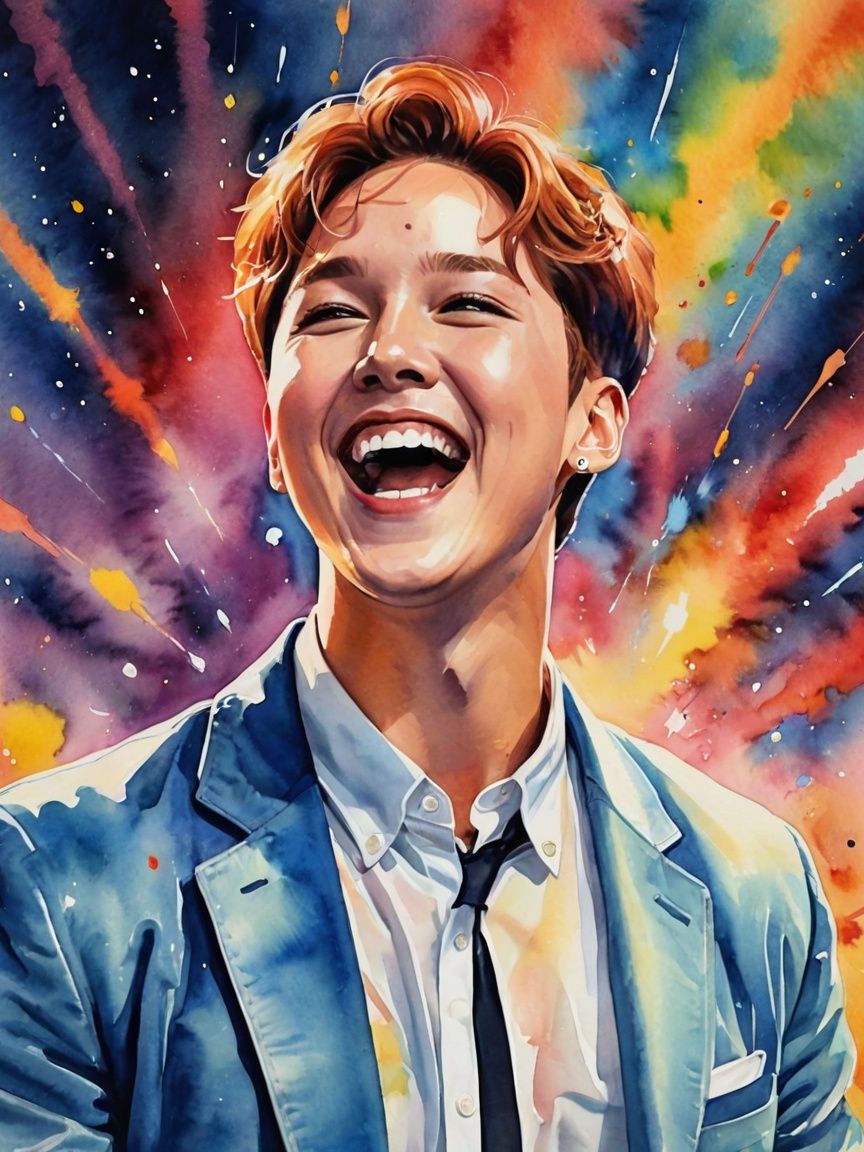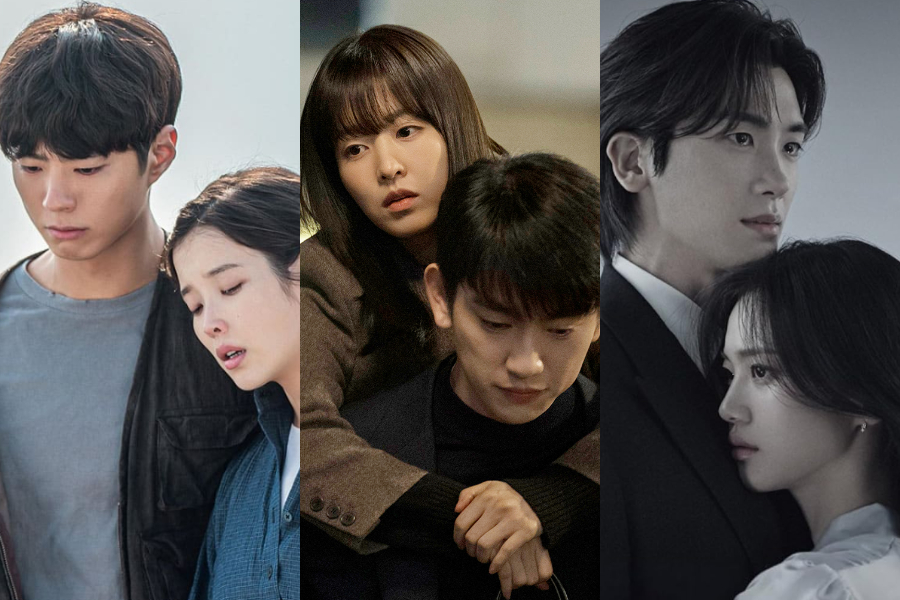As K-pop fandom becomes more fractured, isolated by social media accounts and a constant stream of content, the definition of a “comeback” has become increasingly blurry.
But amidst a sometimes-underwhelming year of releases so far, our writers Chelsea and Siena still found some comeback gems that saw artists reinventing themselves, evolving, or returning to the scene against all odds.

Chelsea: As a veteran of Mid-year Review Comebacks roundtables, I’ve had a standard criteria that has helped me make my picks each year, usually centering on impact. However, this year, the way K-pop is evolving forced me to make some amendments. When I reviewed the comebacks for 2025, sure there were things I enjoyed, but I am sad to say very little actually stuck.
K-pop comebacks are named such not just because it’s Konglish, but because one or two generations ago they were an event: a cycle of promotions that meant idols were seen and heard not just by their fanbase, but by K-pop fans as a whole and oftentimes the general public as well. However, as fandom becomes more fractured, isolated by social media accounts and a constant stream of content, it can be hard to discern when an era begins and ends, and what even counts as success, much less “K-pop,” anymore. That’s not entirely a bad thing, either.

So, my choices this year came with consideration more for what the comeback meant to the group and its fans, and less about which comebacks really hit it out of the park on paper. A measure of quality over quantity, if you will.
Looking at your list, Siena, I can also see some exceptions had to be made. How were you approaching your list?
Siena: Making this list was indeed hard. There’s the evolving industry factors, as you explained, but for me, there was also the fact that I haven’t loved a lot of 2025 releases. I’ve been a fan of K-pop since 2018/2019, and this is really the first time I’ve felt so underwhelmed by a stretch of comebacks. I wanted to participate in this conversation, in part, to challenge myself to find some releases to get excited about!
For criteria, I ended up thinking about all the different meanings of “comeback” and what 2025 releases best exemplified those meanings. There’s “comeback” as reinvention, opening an exciting chapter in someone’s career (Jennie). There’s “comeback” as evolution, showing meaningful growth (Got7). And there’s “comeback” in the most literal sense: a perhaps unlikely return.
That third definition is what landed G-Dragon on my list. I enjoyed Ubermensch, even as I sympathize with some of our writer Lo’s points about the EP falling short in certain areas. What Ubermensch did not lack was hype. The promotion cycle was surreal in the best way possible, with people tuned in via a powerful lens of combined surprise, nostalgia, and pure enthusiasm. That energy was contagious and disarmingly fun. I enjoyed every second of it.
Ultimately, the end result of Ubermensch is the enduring return of someone who, for years, all but disappeared from the industry he helped define. There’s a weight to what Ubermensch accomplished that’s kept it stuck in my head in the months following its drop (right next to the guitar riff from “Take Me”), and that’s what made it one of my picks.
G-Dragon also landed on your list! What drew you to this comeback?
Chelsea: G-Dragon landed on my list for many of the same reasons. Though “Too Bad” was not a personal favorite, it certainly was catchy—I heard it everywhere for about a month in Korea—and his return to K-pop felt like an event. I dare say this is the only comeback for me this year that felt that way. The general public as well as K-pop fan veterans were all anxious to see what he would do with so much time away, and I have to give him props for not coming back with the hit formula he used in his early solo career. (My apologies to Rain. “Ggang” really was something, but trendy it was not.)
The whole album charted, and G-Dragon pulled in a lot of modern artists to collaborate with to give the album more texture and possibly attract new listeners that may have only started their K-pop journey at the fourth generation. Overall, it was fun, but didn’t take itself too seriously. And I think that’s kind of the secret with veteran stars making big returns.
Speaking of long awaited comebacks, what was meaningful to you about Got7’s return?
Siena: I consider myself a very casual fan of Got7, so I was intrigued but by no means locked in when they announced their first comeback in three years after largely devoting themselves to solo activities. Then, I stumbled across a music show stage of “Python” and I got locked in!
Though criminally short, “Python” is one of the catchiest tracks the group (who are no stranger to earworms) have ever released. Even more impressively, I don’t think I’ve ever seen them perform with as much polish, charisma, and languid confidence as in the “Python” promotion cycle. It’s no revelation that years of experience—in this case both as group members and soloists—can lead to exciting level-ups. Still, I can’t think of many more dramatic examples than what I saw with “Python.” Each member’s personal growth was on full display without ever sabotaging the group’s chemistry.

Something similar is at work in the accompanying EP Winter Heptagon. Each member takes a turn behind the songwriting steering wheel, resulting in a fascinating, and surprisingly cohesive, collage of all seven members’ artistic development and style. Highlights include JayB’s “Darling,” Mark’s “Out the Door,” and of course, BamBam’s “Python.” My one note is that besides “Python,” a lot of the tracks are easy-listening: pleasant, but not terribly memorable. Still, the whole comeback is a great example of the evolution that can happen when a group goes off to grow individually before returning to collaboration.
Switching gears, NMixx always bring something interesting to the table as one of the top experimental groups of the fourth generation. What about their 2025 stood out to you?
Chelsea: You’re right, they’re very experimental while at the same time very committed to “mixxpop,” as JYP calls it. With Fe3O4 they really nailed down their sound, perhaps finally defining the term, and found ways for their talents to shine brighter than before. And that has long been part of JYP’s strategy with the group—like the staged cutting off of the backing track last year to prove the members could sing live. Sometimes groups can have all the talent, but if it doesn’t blend well with the music, the quality also will be lower. Nmixx always run that risk by being so experimental, but it’s paying off.
Beyond the quality of the album, both “High Horse” and “Know About Me” were eye-catching releases. I loved the airport concept in “Know About Me.” It was playful and quirky, but also stuck with the overall confident message of the track. “High Horse” was a deeper track lyrically that worked well as a pre-release. The physical album’s packaging, too, was innovative and cute. It felt like a lot of thought was put into the release both for current fans and to pull in new listeners.
I have to admit, my affection for the comeback is somewhat biased by my Nswer friend’s reactions. They drew my attention to it, but I wasn’t let down in the slightest when I dug a little deeper.
Now it’s time for our top picks. What put Jennie at the top of your list, Siena?
Siena: Jennie’s Ruby—and its barrage of promoted singles—is a tough project to categorize: many have framed it as a debut, and Jennie’s PR team certainly pushed that angle. Much of Ruby’s promotion also focused on the Western market, raising the recently inescapable “What makes something K-pop?” question.
For me though, I can’t help but think of Ruby within the context of Jennie’s (long-stymied) solo career and her omnipresent level of fame (particularly in the K-pop sphere, but increasingly beyond as well). Over six years since she went “Solo,” and in spite of the pro and con baggage of her well-established global persona, Ruby is a stunningly successful rebirth.
Ruby’s critical strength is its versatility. Long confined to a narrow “it girl” box, Jennie uses Ruby to song-write and perform herself out of easy categorization. The aforementioned flood of promoted singles initially seemed like overkill, but in retrospect were a brilliant way to highlight Jennie’s range, from more traditional pop fare like “Mantra” and “Handlebars” with Dua Lipa, to the bravado-filled “Like Jennie” and “Extral” with Doechii, to the sly and wry “Love Hangover” with Dominic Fike (a personal favorite). The album’s b-sides also offer new sides to Jennie’s artistry, like the achingly emotive “Start a War” or the moody “Seoul City.”
Ruby isn’t without its faults. Musically, the album’s back third tapers off in terms of excitement and creativity, although a sequence of surprisingly vulnerable lyrics maintains interest. At 15 sometimes uneven tracks, Ruby probably could have used a keener editing eye. Ultimately though, even Ruby’s downsides point to an admirable, experimental eagerness. Finally set free, Jennie is using her independence to grow the early seeds of her solo career into something entirely new and utterly engaging. Now that’s what I call a comeback!
Chelsea, I’m absolutely delighted to see Shinee at the top of your list. What made “Poet | Artist” your first pick?
Chelsea: Your take on Ruby is quite interesting—and I also am very curious where Jennie will go next now that she’s established herself with solid footing as a soloist, especially in the American market.
Moving to my top pick, “Poet | Artist” felt personal in a way I rarely see these days in K-pop… not just to Shinee, but to fans as well. Shinee are long past their trend-setting days, but the group is still holding strong with musical adventures (and some misadventures, a la “Hard”). However, for “Poet | Artist”, Shinee took a step back toward the kind of restrained emotions they explored in The Story of Light, their first-released series after the death of Jonghyun.

It’s been nearly eight years since Jonghyun’s death, and while the group has continued to grow with his memory, it was a wonderfully emotional and poignant move to choose his track, with his vocals, as the title track of the release. As our fellow writer Sabrina pointed out last month, Shinee has always left a space for Jonghuyn, and he will always be part of the group’s past and future. This comeback solidified that. Watching the “Poet | Artist” Recording Behind, I can’t help but smile at how while overwhelmed with emotion, they also still bicker with Jonghyun to themselves. You can see how recording the song, and certainly performing it, remind them that he will always be there. At the same time, the song also feels liberating and empowering, not just bittersweet.
The MV as well is shot with a kind of restrained elegance, simple but filled to the brim with meaning. When I learned that the set background was hand-painted, I was blown away. So much artistry went into this comeback beyond the track itself, and I think a huge kudos goes to the entire creative team for rising to the occasion for a song as precious as this one.
2025 so far has brought a few memorable comebacks from veteran artists and rising stars alike. With a packed K-pop summer just getting started, here’s hoping for more releases that surprise, move, and excite right around the corner!
(YouTube[1][2][3][4][5][6][7][8]. Images via Empire, Galaxy Corporation, JYP Entertainment, SM Entertainment.)










![[UPDATE] August 2025 K-Pop Comeback/Debut Schedule](https://www.kpopmap.com/wp-content/uploads/2025/07/BOYNEXTDOOR-JP-Cover.jpg)








 English (US) ·
English (US) ·